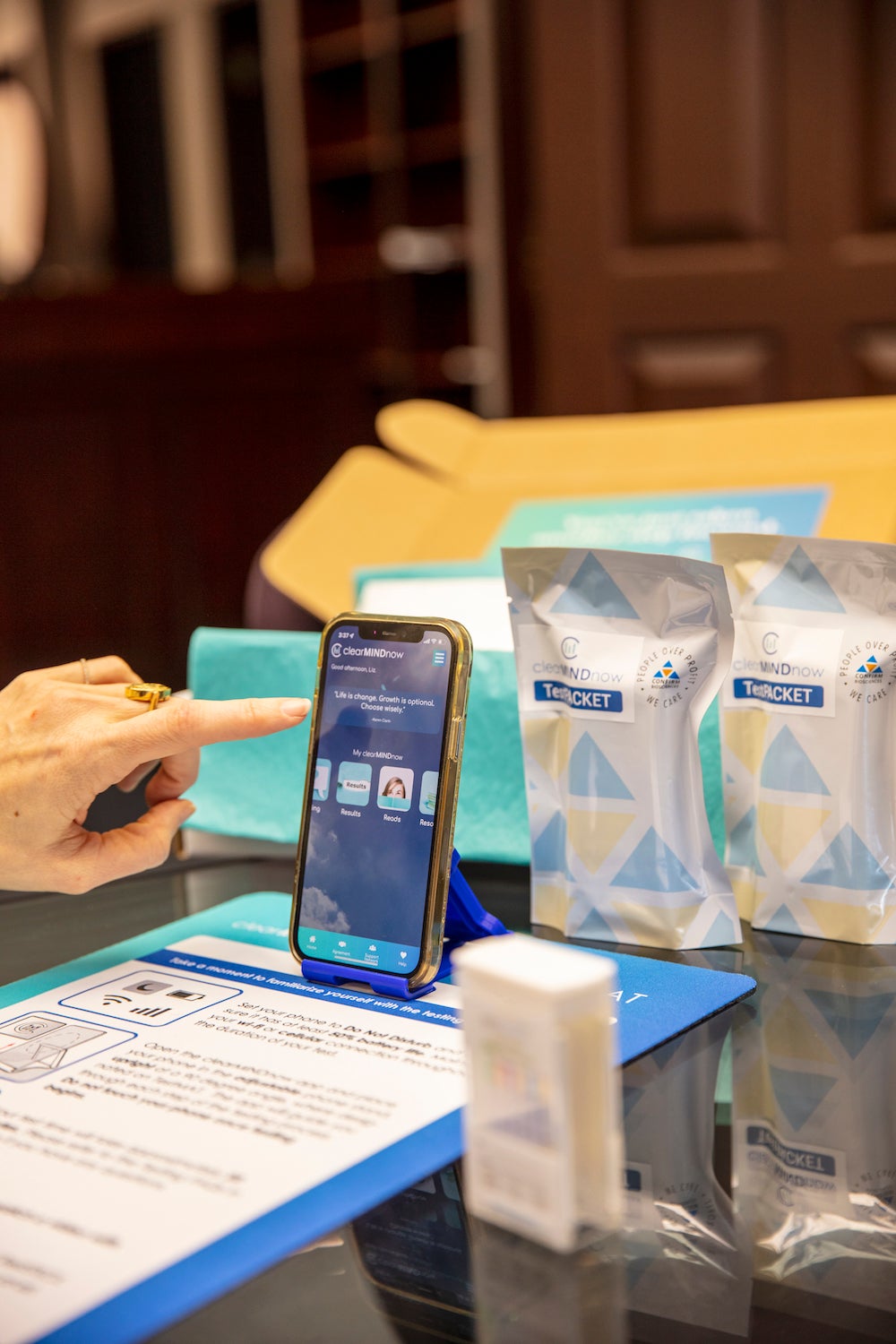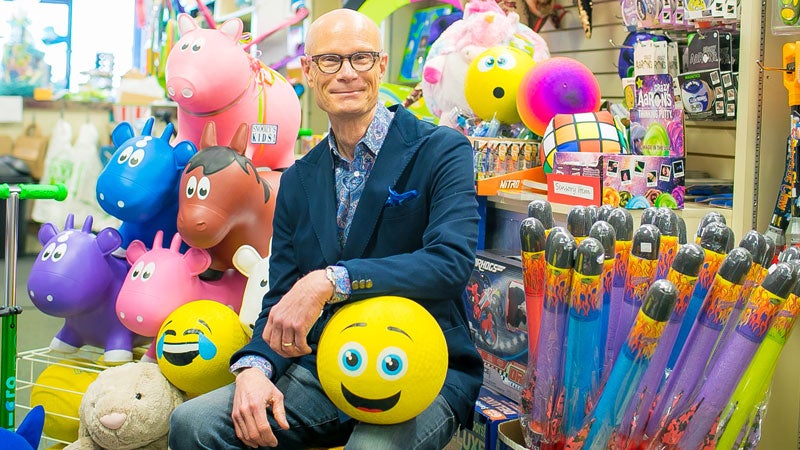By Ashley Tiedt
Photos by Patrick McGough
More than 91,000 people in the state of Alabama are in recovery from a substance abuse disorder. While this statistic from the Alabama Department of Public Health is staggering, this number does not count those who are in active addiction and haven’t sought help.
The National Institute of Mental Health describes a substance abuse disorder as “a mental disorder that affects a person’s brain and behavior, leading to a person’s inability to control his use of substances such as legal or illegal drugs, alcohol or medications.” Symptoms range from moderate to severe with addiction being the most severe.
Substance abuse affects nearly 50% of all families in the United States. Roughly one in eight children under the age of 17 lives in a household where at least one parent has a substance abuse disorder.
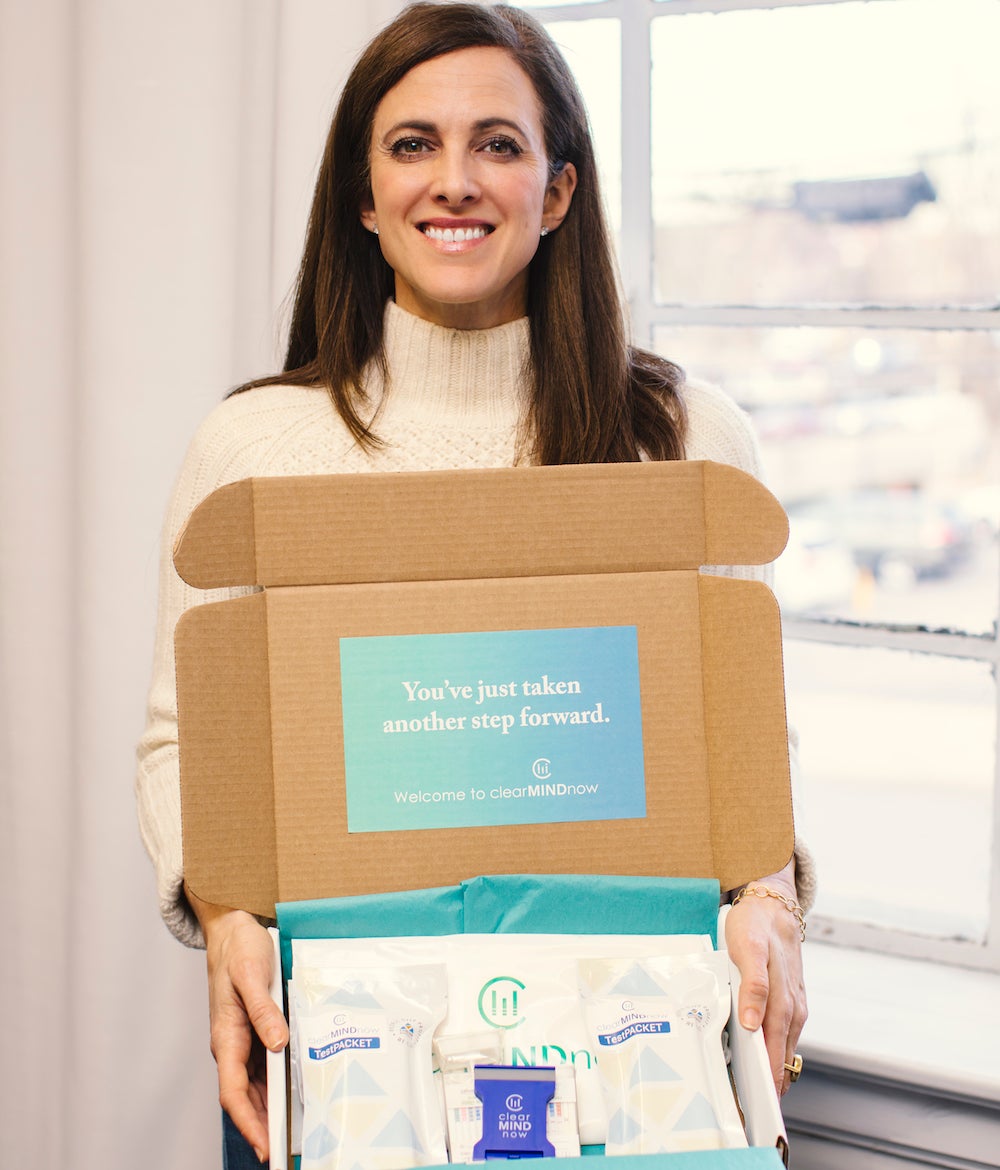
The Impact
For families struggling with a substance abuse disorder, admittance and acceptance are only the beginning and far from the most complicated step in the process. A common misconception is that when someone comes home from treatment, they are ”cured,” and everything will immediately be back to normal. Families affected by addiction also may believe that the person with a substance abuse disorder is the only person in the family with a problem to fix.
Liz Read will be the first to tell you that none of that is true, as she found herself in this situation. “I knew we had a raging drug problem in this country, but I didn’t have any experience with it, and I thought it was something I would never encounter,” she says. Liz discovered that her loved one was suffering, and immediately, everything she thought she knew shifted.
Liz will tell you that when you learn your loved one is suffering from a substance abuse disorder, everything in your life changes. “I was having a conversation at the kitchen table with my loved one. We knew coming out of treatment that there needed to be some level of monitoring to help in restoring trust, but it was such an uncomfortable and awkward conversation,” Liz explains.
She also discovered that while her loved one had things to work on, she also had problems of her own. “One of the most important things for us in the process was realizing that we all had our work to do. That was very humbling for me. I had to come to terms with some enabling, codependent behaviors that were a part of the problem,” she admits.
The Recovery
One of the most difficult positions for a supporter to be in after treatment is feeling like he has to police a loved one or those coming home after recovery. In conjunction with therapy, monitoring can help families begin to regain some of the trust that was lost.
“When my loved one came home from treatment, we agreed that monitoring was a tool that would be impactful for us. I began to do the research. I was determined to help my family find a way forward, but I quickly learned that the options weren’t convenient or cheap,” Liz says.
At the time, Liz’s options were having her loved one visit a lab, which is expensive and time consuming, depending on the wait time at the facility, or at-home drug testing, which put everyone in an awkward position. Liz found herself asking, “Where is the app?” She found dozens of apps for those struggling with alcohol abuse but nothing for drug abuse.
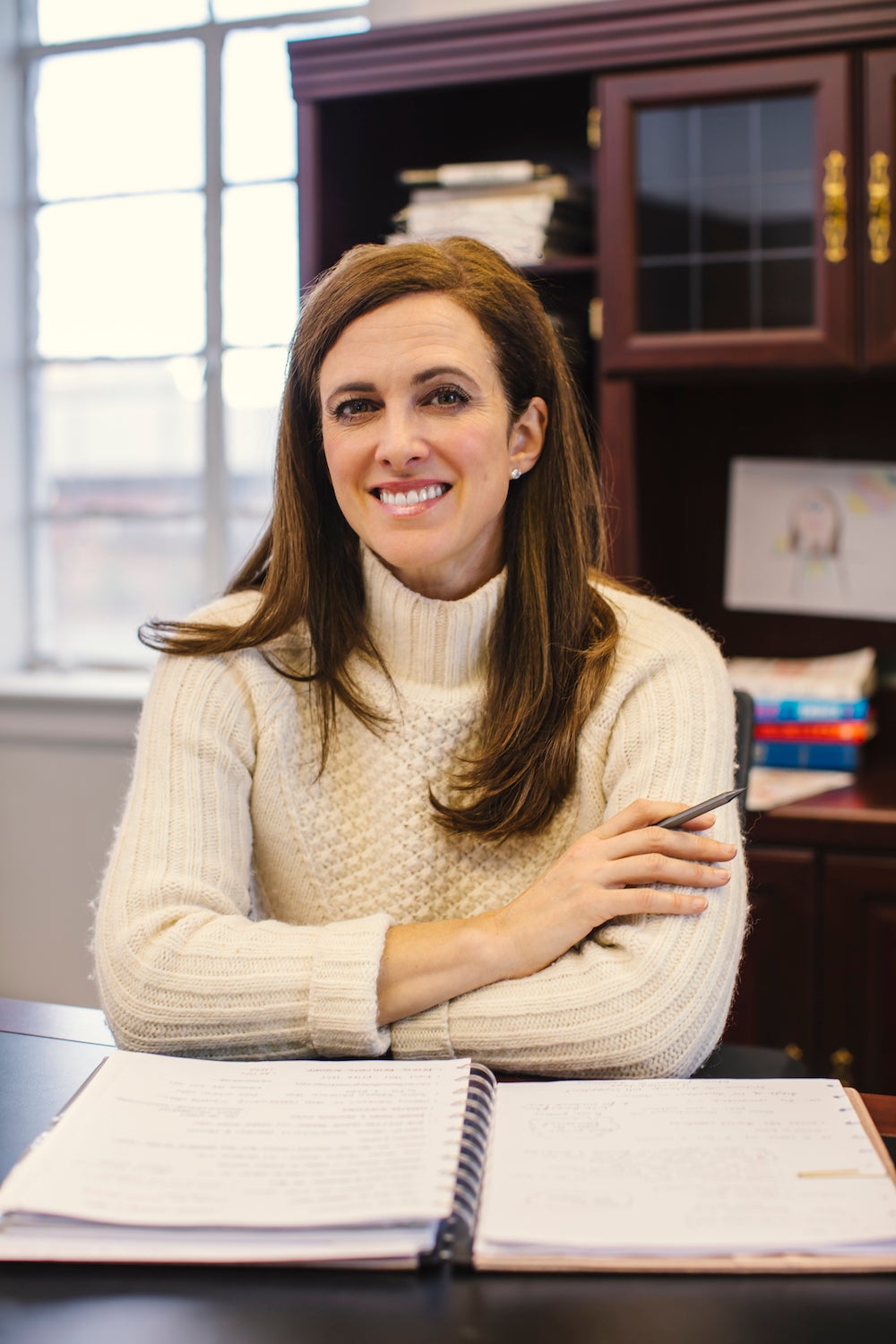
The Idea
Liz decided that if she couldn’t find what she needed, she was going to create it. Her goal was to provide the person who was being monitored with a more dignified and humane way to drug test, while also taking the burden of monitoring off supporters.
“I went to my loved one and said, ‘What if I could find a way for you to do drug testing where the results would be shared automatically, and we didn’t have to talk about it? What if you could do it when it’s good for you, within a reasonable amount of time?’ He said he would be willing to try it because it would provide accountability and take the pressure off the relationship and allow family to just be family,” she says.
Around this time, the COVID-19 pandemic had begun and Liz’s business was quiet. This provided the perfect opportunity for her to put her heart and soul into something new.
One of Liz’s best friends pushed her to make her dream a reality and encouraged her to sign up for Alabama Launch Pad, which is the state’s most active, early-stage seed fund investor, driving innovation and job growth through startup competitions and ongoing mentoring for Alabama entrepreneurs. She won her division and secured $50,000 in funding, propelling her idea and business from a kitchen table idea to a real, drug-monitoring solution.
The Product
ClearMINDnow’s mission is to take the drug monitoring process from an uncomfortable and embarrassing routine and turn it into an empowering tool to rebuild trust within families suffering from a substance abuse disorder. “If done correctly, drug monitoring can be a very empowering process that provides accountability, while monitoring behavioral patterns and building trust among families,” Liz says.
ClearMINDnow’s monitoring is used to reveal a behavioral pattern and answer the important questions: is the person being monitored taking the test when requested? When they test, is a substance detected? If something is detected, how often? The answers to these questions are often an indication of someone’s journey through recovery and potentially a cry for help from his supporters.
“What we want people to understand is that even if you fail by detection through our system, we are not here to punish you. It is simply a signal that more work needs to be done,” Liz explains.
Liz will be the first to tell you that monitoring isn’t the solution. It is a tool to be used in conjunction with therapy and putting in the work to get better. “You have to have great therapy, you have to do the work and the work starts when you get home. Anyone can stay well in treatment. The work starts when you get home. I want this product to be the last step down in assistance as they reintegrate,” she says. Liz will remind you that the person who is recovering isn’t the only person who should be working on his self. It takes work on the part of supporters as well.
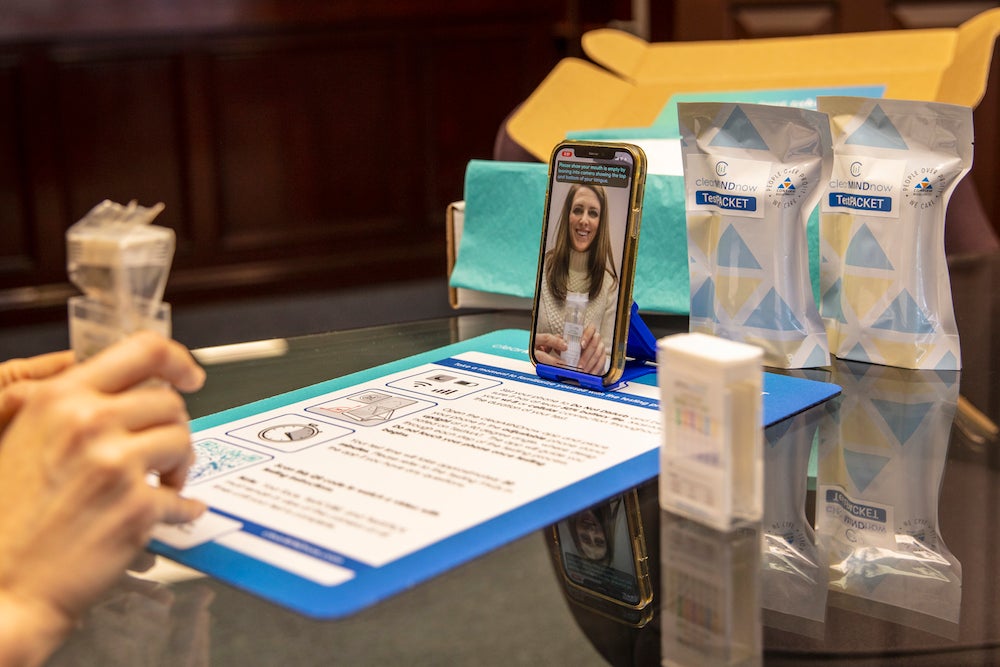
The Program
When you sign up with ClearMINDnow, you’ll receive a box with your test packet and a prompt to download the app. The testing packet is small and designed to fit discreetly in a backpack or purse, allowing you to test on go. Monitoring is meant to work with your lifestyle, allowing you to monitor, rebuild trust and empower you to stay well.
Once you download the app and set yourself up in the system, random monitoring begins. The person being monitored will receive a text message instructing them that it is time to test. Based on the program they are enrolled in, the person being monitored will be told the window in which they must test. That window is roughly eight hours, allowing the person being monitored to get off work or out of class. ClearMINDnow uses saliva testing, and the app walks you through the entire 17-minute process. Using artificial intelligence and human monitoring, the test is reviewed to ensure that the protocols were followed correctly and that the proper person is the one testing. The results are uploaded to the cloud, and loved ones are notified within 20 to 30 minutes of the results.
The Future
ClearMINDnow is growing. The team is working with treatment centers and therapists to help provide this tool to all who can benefit. Liz knows that ClearMINDnow won’t solve the country’s drug problem, but she is determined that it will be a powerful tool for those seeking to change the trajectory of their lives.
While she hopes to never have a repeat customer, statistics show she probably will. “We never want to see someone come back to us, but we hope that if they find themselves in a position where they do need us, they will know where to start and not have to spend time searching,” she says.
Liz hopes that sharing her story and the process of developing this tool will allow others to learn that substance abuse disorder is a chronic disease, and those suffering from it need to be treated the way others with chronic disease are treated, with medical intervention, therapy and monitoring–in turn, removing the stigma that so often follows it.

